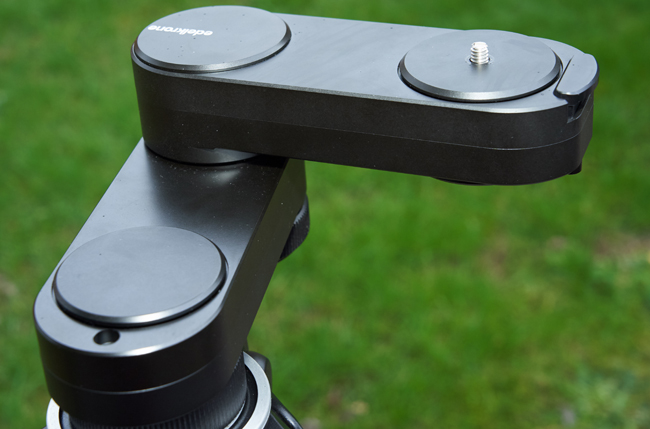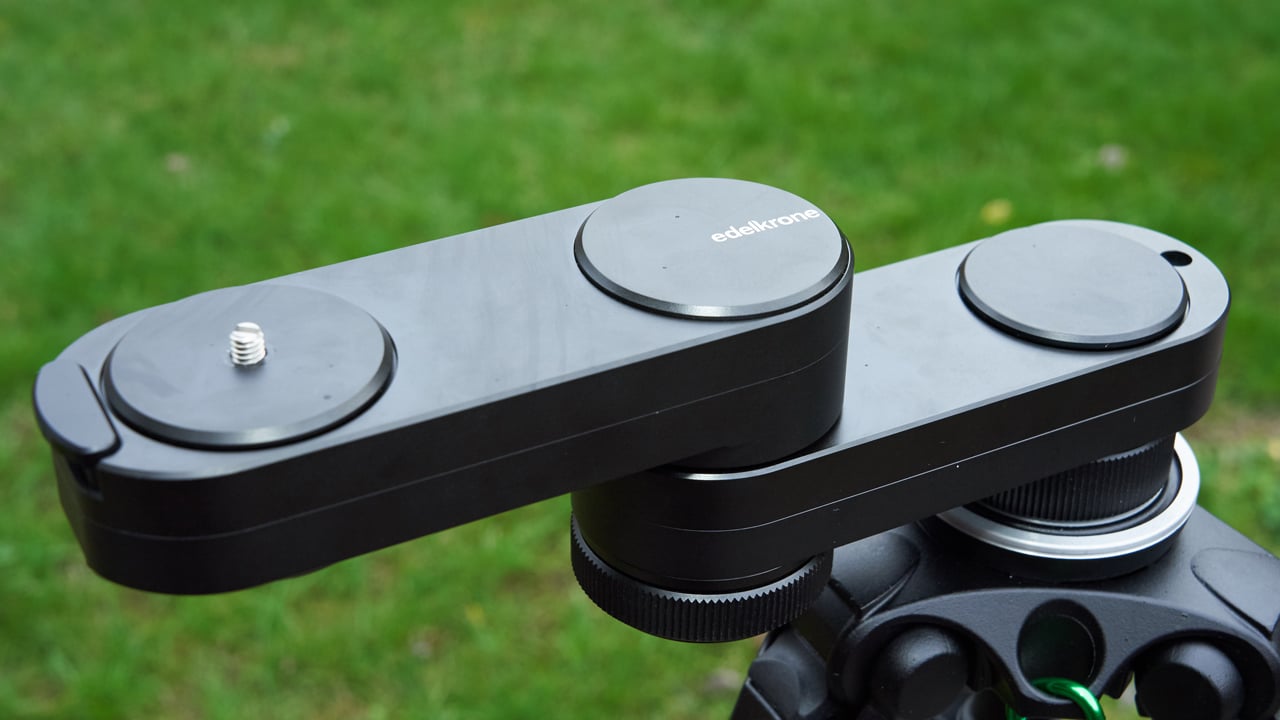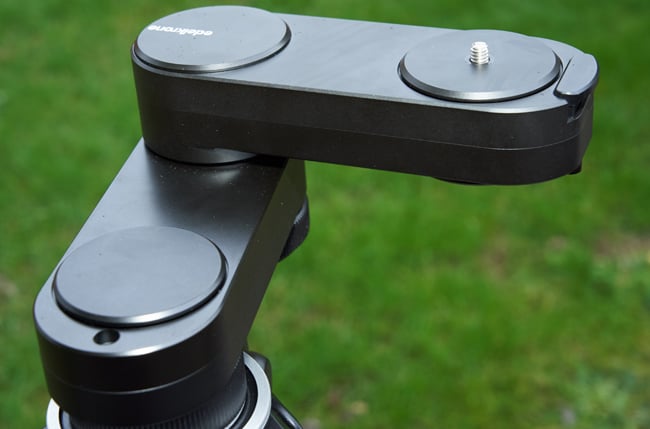

Review: Edelkrone are one of the most innovative camera gear makers out there. Chris Foreman takes a look at the curiously designed Wing, a 'slider' that creates movement up to 4x its physical length.
I’ve always admired Edelkrone. They seem to consistently come up with new exciting, innovating and well-made products, although at a price. In a way, they seem to be the Apple of the camera accessories world. Several years ago, I saw the Wing demonstrated. This was when there were three product options available, the 3, 7 and 15. The nomenclature reflecting the maximum load in pounds. Last year, they decided to streamline the range somewhat and replaced these three products with two: Wing and the Wing Pro. The Wing having a maximum payload of 16lbs and the Wing Pro a massive payload of 48lbs!
I’m a real fan of innovation and being in the market for a small slider I decided to take the plunge and bought a Wing. I had spent days considering whether I actually needed one and whether or not the Wing was the correct type of slider to go for. I could’ve spent a little bit more money and gone for a motorised slider like the Edelkrone Slider One Pro, but I couldn’t justify the extra cost, especially as I was unsure how much I’d make use of it.
Of course, there are other similar wing-type sliders on the market, However, they have a problem with payload limits. I needed something more than three to four pounds, but I didn’t need the – frankly ridiculous – payload capacity of the Wing Pro. I’m a real believer in that you get what you pay for and I’ve never seen a report of quality issues with Edelkrone products. What swung it for me was that they also offer an amazing after-sales service which includes a 90-day return policy, lifetime warranty and free accident insurance.
Unpacking the wing
Having ordered the Wing and their flex tilt head 2 on a Friday, I had to wait until the following Tuesday for it to be delivered from Germany to the UK at no additional cost. I won’t share the unboxing process as I’m not using the packaging and, frankly, there’s not much to report. When Apple started packaging things differently, it was a bit of a novelty – now everybody’s doing it; I’m afraid I’m bored with it.

The Wing definitely has a hefty lift, something I’m glad to see, and it does need a decent tripod to support it – although if you’re realistic about what you are trying to achieve, you can get away with a well-made stills tripod. Initially, I used a set of Manfrotto 180 legs and whilst in an ideal world I would have used something a bit sturdier, it worked for my purposes. I do a fair amount of close-up work and whilst I don’t need a huge range of movement, I do need something that’s smooth in operation, easy to use, transport and, importantly, store. The Wing ticks all those boxes. However, as with most things in life, practice makes… almost perfect. You won’t get a faultless movement in one go, practice is required and especially if you’re trying to tilt at the same time with an added tripod head. In that case, a decent head sitting on top is also important. There is a built-in system which Edelkrone calls “steadymove”. That tries to smoothen out slight wobbles or vibrations that you can easily introduce. However, it can’t perform miracles. It should be noted that this system was not present on the earlier models.

Movement slack
I was slightly disappointed to find that there was actually a little slack in the movement of the Wing, so you need to apply a bit of pretension manually before starting the move, nothing major, but it should be noted that it’s present and this is not a fault but a characteristic of this slider, according to Edelkrone support. There is a way of adjusting the tension of the movement via a large dial on the bottom of the Wing in the middle. Just be sure not to undo it too far, it doesn’t fall off, but there is only a limited range of adjustments. Also, it should be noted that you can use this adjustment dial to instigate the movement, but it’s not a good idea as you’ll end up tightening or loosening the tension at the same time. There is also a pin which locks the arms together for transport. I have heard that some people have broken this. I haven’t yet, but it pays to be careful. Having used this now for a few weeks, I would say that the best way of starting and stopping the movement is with two hands, one underneath where the camera sits, and one at the pivot point halfway down the arm – that is, of course, if you don’t need your other hand to pan or tilt the tripod head. If you are using a lightweight set of legs, then some additional ballast might be required here.
I’ve discovered some people trying to add motors to the movement, which is a good idea. However, these third-party solutions are only for the older Wings and most commonly only for the lightweight version 3. As of writing, there seem to be some other solutions on the horizon, but they have yet to materialise. It would be nice to see some more developments in this area.
Overall, this is a well-made product with a great support package. It does offer advantages in terms of size and weight if you can live with the limited movement. The Edelkrone Wing is priced at $400.
Tags: Production


Comments